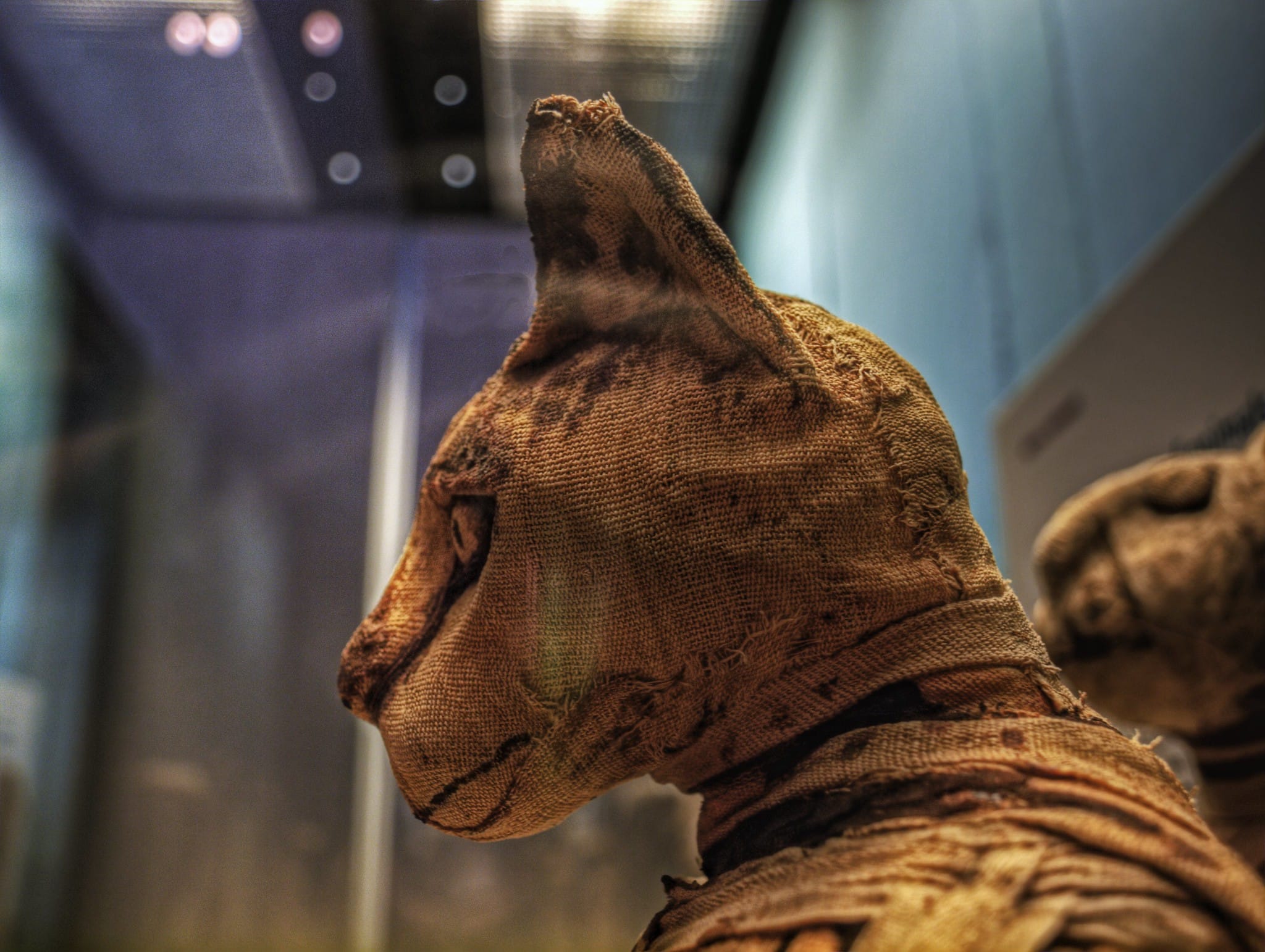

For decades, experts believed cats were first domesticated in ancient Egypt, where they were sacrificed in religious rituals, mummified, and appeared in art. However, in 2001, a surprising discovery challenged long-held beliefs about the history of cats.
Archaeologists found something unexpected during an excavation in a small farming village on the Greek island of Cyprus: a cat buried alongside a human, beneath a 9,500-year-old house.
The grave was far older than any Egyptian example, suggesting that people may have lived closely with cats thousands of years earlier than once thought.
More discoveries across Europe led some researchers to propose that wildcats approached early farming villages, possibly in what is now Turkey.
As the friendliest cats adapted to human life, they evolved into the housecats known today. Farmers likely carried these cats with them as they spread across Europe. However, two recent studies have shifted the focus back to Egypt.
Posted on the science platform bioRxiv, the research examined ancient cat bones and DNA from Europe and the Mediterranean. The findings suggest cats may have been domesticated in Egypt as recently as 3,000 years ago.
One study proposed a striking theory: mass sacrifices of cats tied to religious rituals may have driven the tameness that defines modern housecats. Greger Larson, an evolutionary biologist at the University of Oxford and co-author of the studies, called it “the murder pathway of domestication.”
Natalie Munro, an archaeozoologist at the University of Connecticut who was not involved in the studies, called the idea “a reasonable hypothesis” but noted the evidence remains incomplete.
Sean Doherty of the University of Exeter conducted a detailed examination of the Cyprus cat remains. Comparing them with over 2,400 wild and domestic cat skeletons, his team identified the Cyprus cat as a European wildcat, not a domestic cat. DNA tests supported the conclusion.
Researchers believe ancient European and African wildcats may have interbred, creating confusing genetic signals. This weakens earlier theories that early European farmers domesticated cats.
Attention now turns again to Egypt. DNA studies show domestic cats are most closely related to North African wildcats. With European felines ruled out, the oldest confirmed domestic cats are now the mummified Egyptian cats, dated between 500 and 0 B.C.E.
Their rise coincided with a surge in the worship of Bastet, the goddess of fertility and health, who shifted from a lion-headed figure to a cat-headed one. Pilgrims paid for “votive mummies” of cats as part of their temple visits, fueling a massive breeding industry.

Historians estimate that millions of cats were mummified; so many that in the 19th century, British merchants imported tons of cat mummies to be ground into fertilizer.
Researchers say that herding so many cats together would have led to the natural development of traits that made them more calm and tolerant around humans and other felines. Over time, some Egyptians may have welcomed these cats into their homes as pets.
Still, some evidence suggests cats lived closely with Egyptians even earlier. Julia Troche, an Egyptologist at Missouri State University, pointed to art from around 1500 B.C.E. showing cats under dining tables, and bones of tame cats dating back to the early fourth millennium B.C.E.
Troche believes the bond between cats and people may have begun naturally. Egyptians stored grain, which attracted rodents, and rodents attracted cats. The calmest animals stayed, were protected, and bred, she said. “There’s your domestication pathway.”
Cats had spread into Europe by the end of the first millennium B.C.E. An Austrian domestic cat dated to about 50 B.C.E. suggests they were already part of life on the continent, likely carried by Roman travelers.
Today, nearly a billion cats live around the world, on every continent except Antarctica. Whether spread by ritual, by rodent control, or simply by their charm, one thing is clear, Troche said: “There must have been something very special about cats—and not just that they’re so freaking cute and adorable.”
